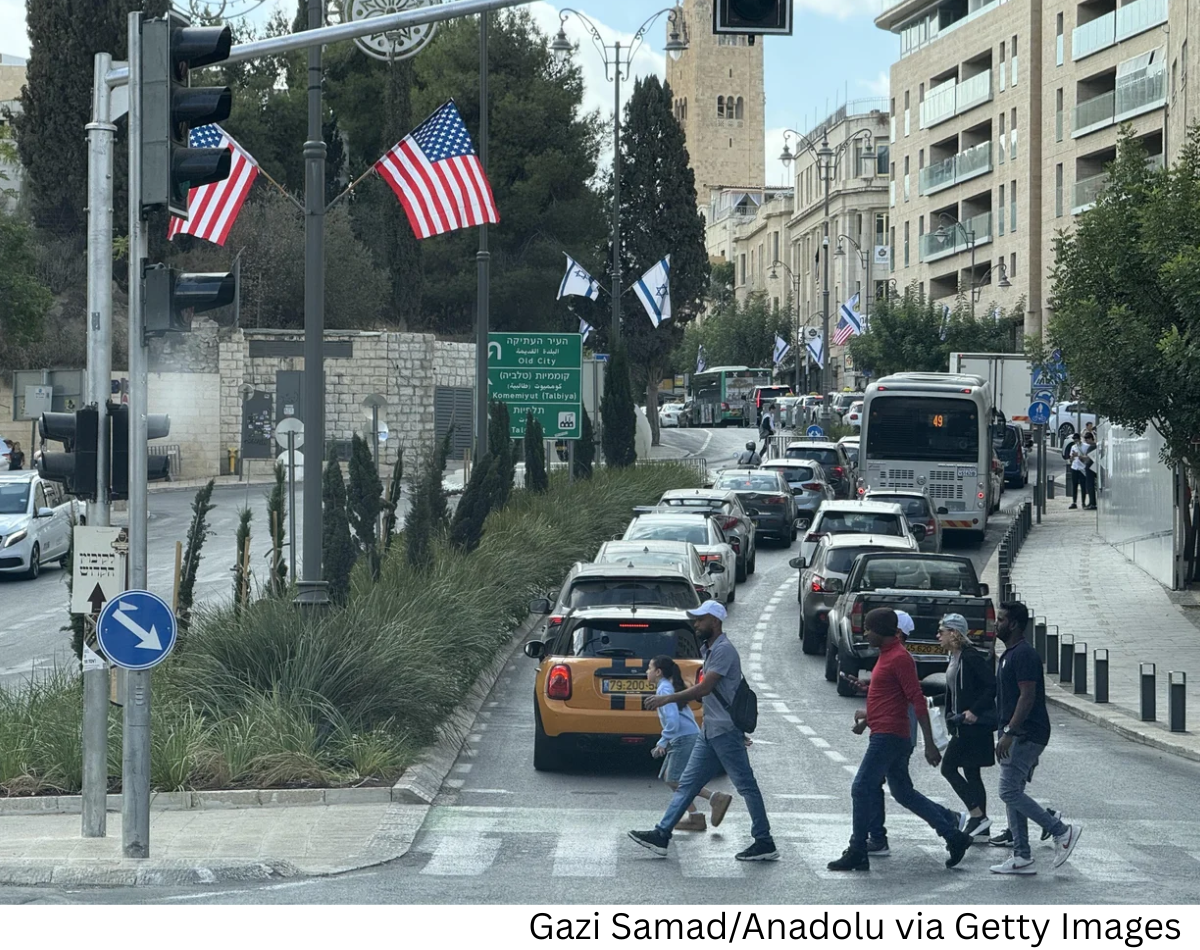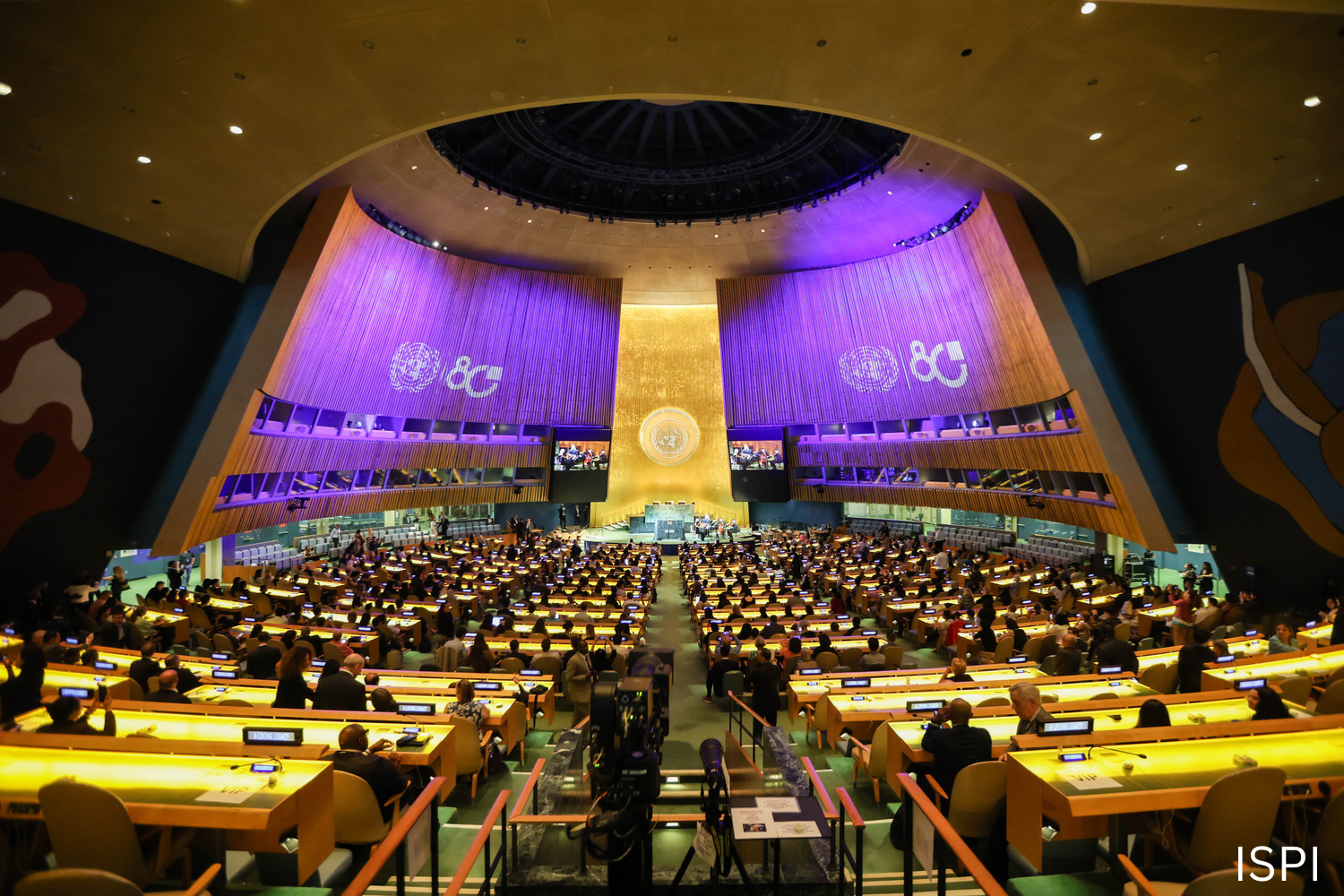The ceasefire between Israel and Hamas that went into effect on Friday marks a major milestone in the implementation of phase one of President Donald Trump’s Middle East peace plan. Behind the scenes, months of diplomacy, negotiation, and strategic planning by U.S. officials, regional partners, and international mediators paved the way for this historic agreement. Senior U.S. officials have outlined a timeline of events detailing how the complex deal came together.
August: The Initial Ceasefire Proposal
The groundwork for the ceasefire began in August, when Hamas formally accepted a Gaza ceasefire proposal presented by Egyptian and Qatari mediators. This initial proposal represented a critical turning point, signaling Hamas’s willingness to engage in structured negotiations aimed at halting hostilities. Egypt and Qatar played pivotal roles as mediators, leveraging their influence and relationships with both parties to create a framework that could eventually evolve into a broader peace plan.
The Egyptian-Qatari proposal focused on immediate measures to reduce violence, including temporary ceasefires, the release of hostages, and steps to ensure humanitarian aid could reach civilians in Gaza. While initially limited in scope, it laid the foundation for deeper engagement and broader political discussions involving multiple stakeholders.
September: Expanding the Proposal into a 20-Point Plan
Building on the August ceasefire, U.S. officials, under the direction of President Trump, transformed the Egyptian-Qatari framework into a comprehensive 20-point plan. This plan incorporated not only immediate security measures but also provisions for humanitarian assistance, prisoner exchanges, and long-term stabilization efforts.
The 20-point plan was presented to key Arab leaders for feedback, reflecting a multilateral approach aimed at garnering regional support. Arab nations, including Jordan, Egypt, and Qatar, were consulted to ensure that the plan was feasible, balanced, and attentive to the concerns of both Israelis and Palestinians. Their input was instrumental in shaping the plan’s provisions for a stabilization force, humanitarian aid delivery, and the training of vetted Palestinian police forces to maintain law and order in Gaza.
October: Negotiations Intensify
In early October, diplomatic efforts intensified as the ceasefire timeline approached. U.S. Envoy Steve Witkoff, along with military leaders such as CENTCOM Commander Adm. Brad Cooper, conducted on-the-ground visits to Gaza and southern Israel to assess conditions and coordinate preparations for the hostages’ release and the deployment of stabilization forces.
These visits allowed U.S. officials to verify logistical needs, evaluate the humanitarian situation, and ensure that security arrangements were in place to support the implementation of the ceasefire. Coordination between international mediators, U.S. military personnel, and local authorities helped create a framework for the smooth execution of the agreement.
The Role of Humanitarian and Aid Organizations
While political negotiations were ongoing, humanitarian organizations like UNICEF and local aid groups prepared to respond to the immediate needs of Gaza’s population. By early October, plans were already in place to scale up relief work, with thousands of trucks of food, medical supplies, and emergency equipment ready to enter the territory once the ceasefire took effect.
Aid groups stressed that a ceasefire alone would not be sufficient. As UNICEF spokesperson Tess Ingram noted, “A ceasefire alone is not enough. Yes, it stops the killing and injuring of children, hopefully, but it also needs to ensure a surge of humanitarian aid that begins to address the tremendous damage that has been done over the past two years.” This dual focus on security and humanitarian assistance became a central component of the 20-point plan.
The Ceasefire Goes Into Effect
On Friday, the ceasefire officially took hold, marking the first step in phase one of the peace plan. The agreement includes a 72-hour window for Hamas to release all remaining hostages, with Israeli authorities reporting that 48 hostages remain, 20 of whom are believed to be alive. In exchange, Israel agreed to release hundreds of Palestinian prisoners and allow the immediate provision of full humanitarian aid to Gaza.
Following the ceasefire, displaced Palestinians began returning to their neighborhoods, confronting rubble and destruction left by months of conflict. Tens of thousands of families are attempting to salvage belongings and rebuild their lives amid widespread devastation.
Coordinating Security and Stabilization
A key element of the deal is the establishment of a stabilization force backed by the U.S. and Arab states. This force is tasked with temporarily overseeing security in Gaza and training vetted Palestinian police forces in collaboration with Jordan and Egypt. The civil-military coordination center being set up under CENTCOM leadership will facilitate coordination between U.S. forces, regional partners, and local authorities, ensuring that security, humanitarian aid, and reconstruction efforts are implemented efficiently.
U.S. Envoy Steve Witkoff’s visit to Gaza in early October underscored the importance of on-the-ground coordination. Working alongside Adm. Brad Cooper, Witkoff assessed conditions and helped prepare for both the hostages’ release and the deployment of stabilization forces. This step was critical in ensuring that the ceasefire and humanitarian aid measures could be executed without complications.
Regional and International Support
Throughout the negotiations, international and regional support played a decisive role. Arab nations were consulted extensively on the feasibility and fairness of the plan, while international organizations prepared to provide aid and monitoring. Former U.S. Secretaries of State Hillary Clinton and Condoleezza Rice publicly praised the administration for achieving a breakthrough in Middle East diplomacy, highlighting the collaborative effort required to reach this milestone.
Looking Ahead
The timeline of the Israel-Hamas deal illustrates the complexity and length of the diplomatic process. From the initial Egyptian-Qatari ceasefire proposal in August to the implementation of the first phase in October, months of negotiation, planning, and coordination were necessary to bring about this agreement.
While the ceasefire offers a temporary reprieve from violence, the success of the 20-point plan depends on the smooth execution of subsequent phases, including the release of hostages, delivery of humanitarian aid, and stabilization of Gaza. Continued monitoring, international support, and regional cooperation will be essential to translating this agreement into a lasting and sustainable peace.




.png)

.png)

.png)